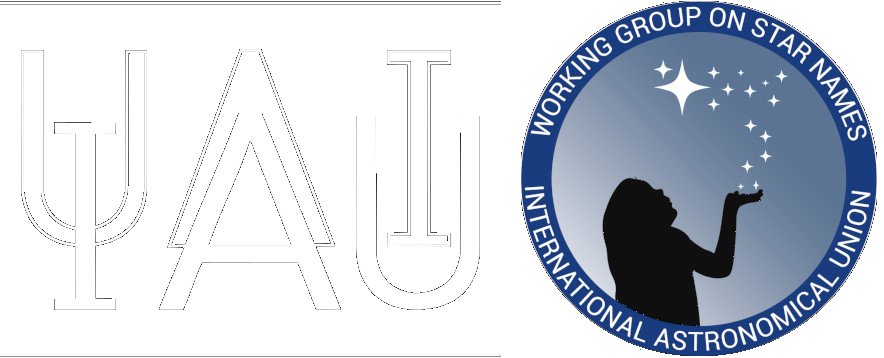Volans
One of the 88 IAU constellations. The constellation was invented by Dutch sailors in the 1590s.
Etymology and History
Origin of Constellation
The name "Volans" occurs first on Plancius/ Hondius globe (1598) and was taken over in Bayer's Uranometria (1603).
Some name alternatives are given by Merula:[1] Cosmographiae generalis libri tres (1605), Part I, Book II, pp. 105-108 (Volans is no. III):
- Hirundo marina (Latin, Sea Swallow)
- Zeezwaluwe (Dutch, Sea Swallow)

The first book of Merula's Cosmographiae was written mostly in 1597 and in a letter, dated 30 August 1600, to Marcus Welser in Augsburg, Merula claims that the first part of his work was ready to be printed.
We suspect that Merula's description is based on a list which he received from Plancius around 1597/98 when was he still busy forming his constellations. For a few constellations, he had not yet decided which figures and names would finally be shown on his celestial globe; e.g. the constellations Hydrus, Grus and Apus also were given with alternative names.
Transfer and Transformation of the Constellation
Dorado and Volans on the globe by Blaeu (1602) that is a copy of Plancius/ Hondius (1598). RMG
Dorado and Volans on Blaeu's second globe (1603) that is based on de Houtman's data. RMG
Mythology
Weblinks
References
- ↑ Paulus Merula (1605). Cosmographiae generalis libri tres.


















